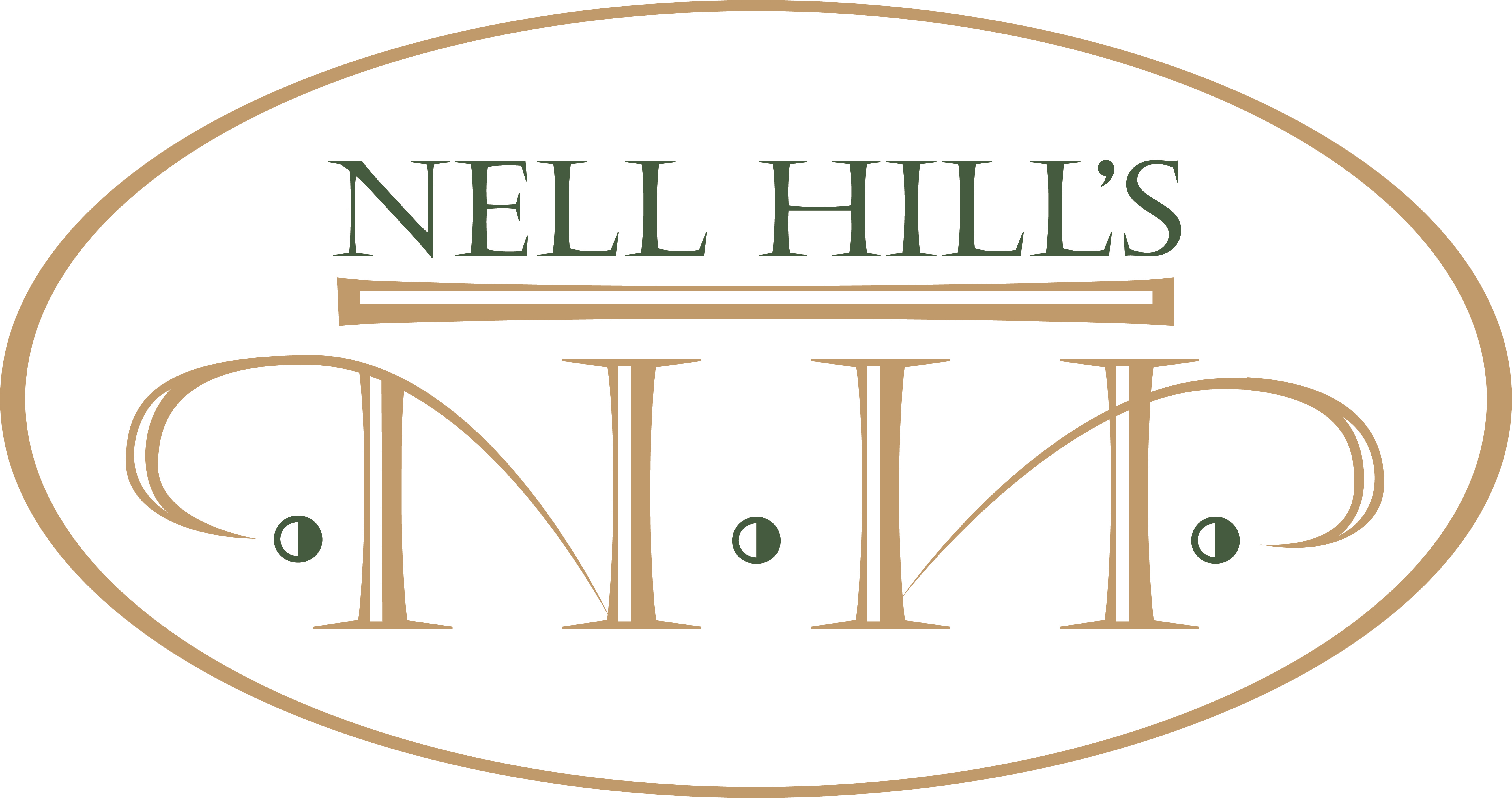In a day and age where most everything that we purchase is mass-produced, there’s something magical about the beauty found in the slowness of handmade goods. Block printed textiles are one of those things that are lovely in part because of homespun nature of the craft.
I fell in love with the art of block printing on a trip to India many years ago. My goal was to see the intricate process in person, but sadly a stomach bug prevented me from doing so! Thankfully, I was able to bring back a set of block printing blocks from that trip that I still have today.
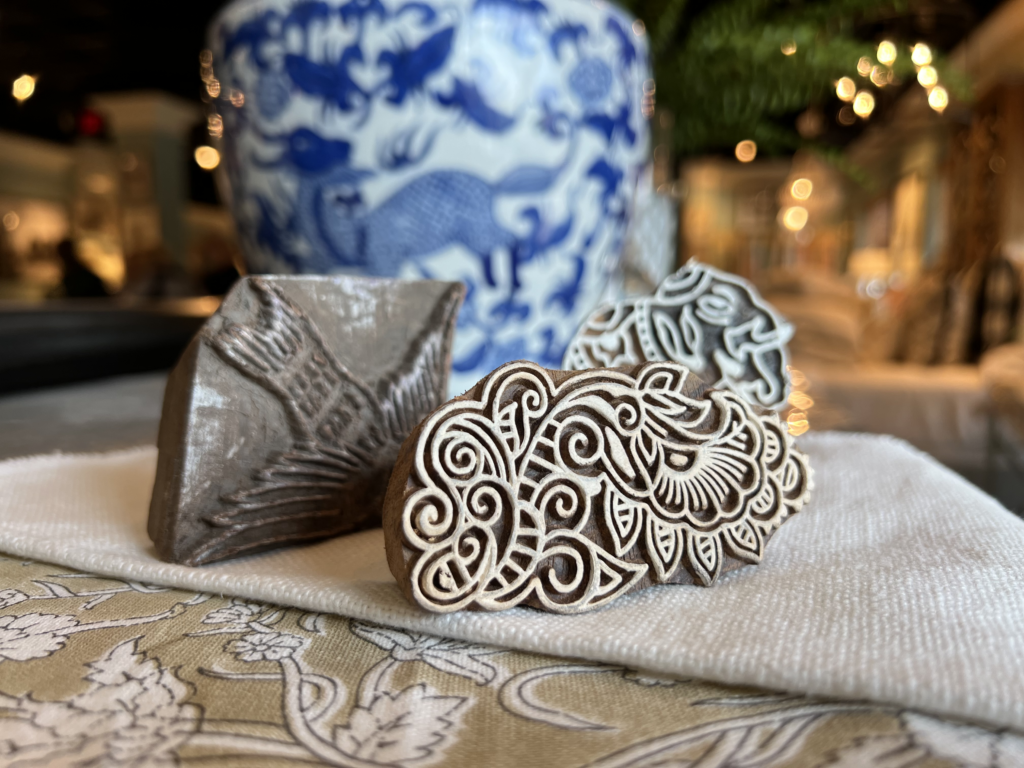
What is Block Printing?
Block printing is a relief printing technique that uses a carved material (historically made from hard woods, but modern techniques can include linoleum or rubber) to transfer ink onto fabric (or paper). Relief printing is a general term for those printmaking techniques in which the printing surface is cut away so that the image alone appears raised on the surface.
The block then serves as a stamp, where colored ink is added, with the final product resulting in a mirror image of the carving. Prints can range from small images intended to be repeated in a pattern to large works of art that require a large printing press to manufacture. Where multiple colors are used, a block is created for each corresponding color and design, and then layered one at a time for the final motif. One of the things I love the most about it are the beautiful imperfections that happen as a result of being a handmade process.
India is one of the largest manufacturers and exporters of block prints in the world. Historically, block printing has been used in India since at least the 12th century, and the method is thought to be 2,000 years old. It is believed that Indian artisans borrowed the technique from China, and later became it’s own culturally distinct art form.
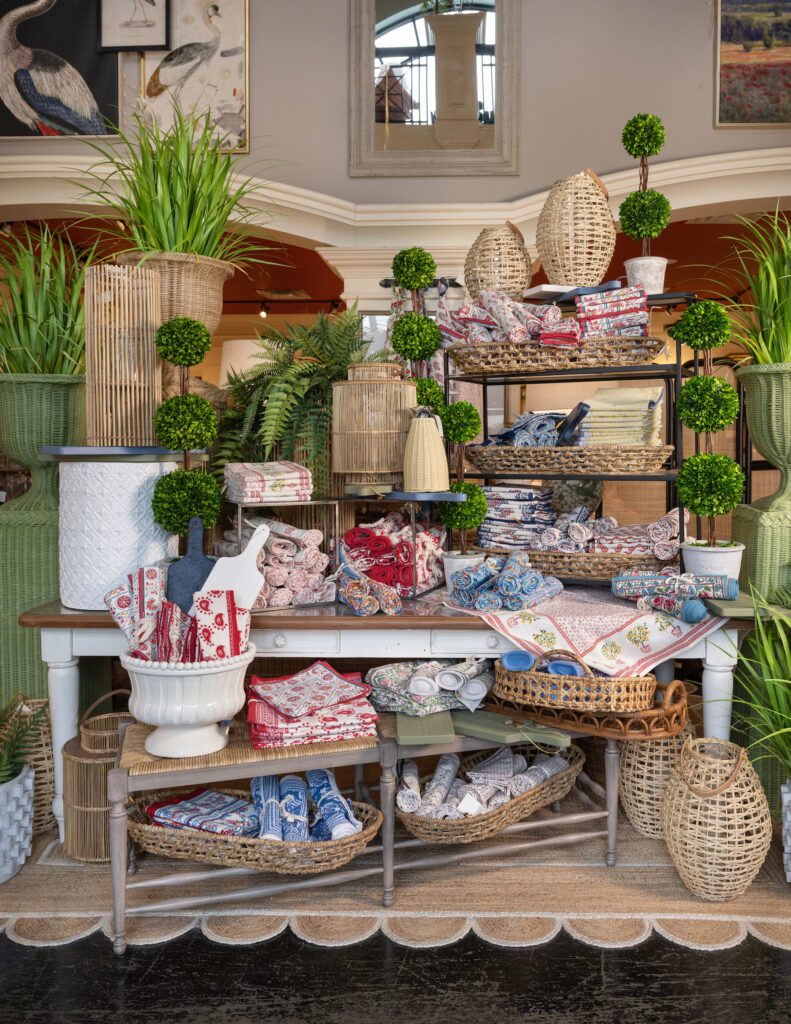
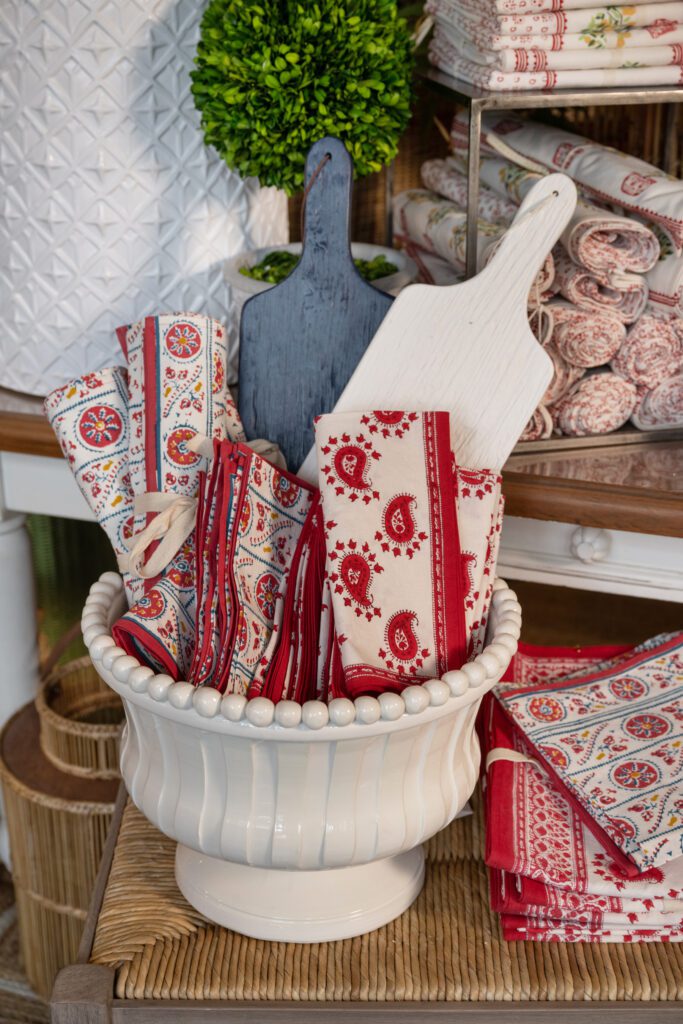
Trends in Block Printing
Indian block printing has a rich heritage and diverse regional styles, with different regions and communities having their own unique patterns and motifs. Each design holds cultural significance and contributes to the vibrant and timeless beauty of this traditional craft.
- Floral Patterns: Flowers are a popular motif in Indian block printing. They can range from simple geometric shapes resembling petals to highly detailed and realistic representations of various flowers like roses, lotuses, and jasmine. Floral patterns are often combined with leaves, vines, and other natural elements.
- Paisley Motifs: Paisley, also known as “mango” or “ambi,” is a distinctive teardrop-shaped motif commonly used in Indian block printing. It is believed to have originated from Persia and became immensely popular in India. Paisley motifs are characterized by their curved lines and intricate designs, often resembling the shape of a mango.
- Geometric Patterns: Geometric motifs are prevalent in Indian block printing and reflect the influence of Islamic art and architecture on the region. These patterns feature repetitive geometric shapes such as squares, triangles, circles, and hexagons arranged in symmetrical compositions. They can create mesmerizing optical illusions and intricate latticework designs.
- Animal and Bird Motifs: Animals and birds hold significant symbolism in Indian culture and are frequently depicted in block printing. Peacocks, elephants, camels, and various birds like parrots and sparrows are commonly used motifs. They can be represented individually or as part of larger narrative scenes.
- Figurative Designs: Block printing also encompasses figurative designs, which depict human figures engaged in various activities. These designs often showcase traditional scenes, religious stories, and cultural practices. The figures are stylized and feature elaborate costumes, jewelry, and intricate detailing.
- Borders and Borders: Block-printed textiles often include decorative borders and borders that frame the main pattern or design. These borders can feature geometric patterns, floral motifs, or abstract designs. They add an extra layer of beauty and intricacy to the overall textile.
- Indigo Dyeing: While not a pattern or motif per se, indigo dyeing is closely associated with Indian block printing. Indigo, a deep blue natural dye, is commonly used to color the fabrics used in block printing. The indigo color often serves as a backdrop for the intricate block-printed designs, enhancing their visual impact.
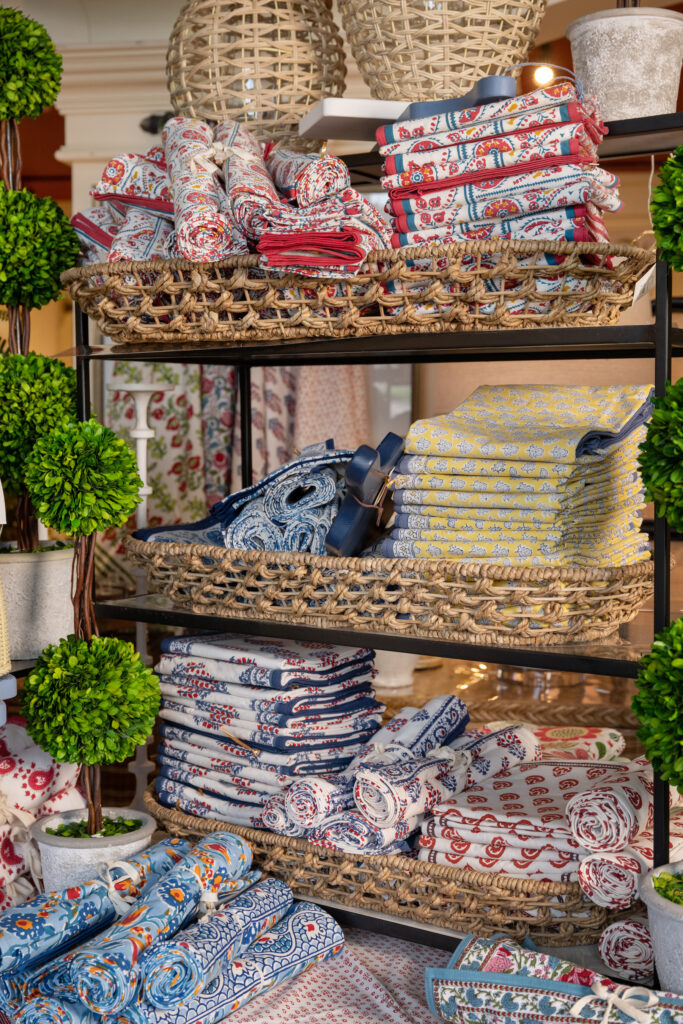
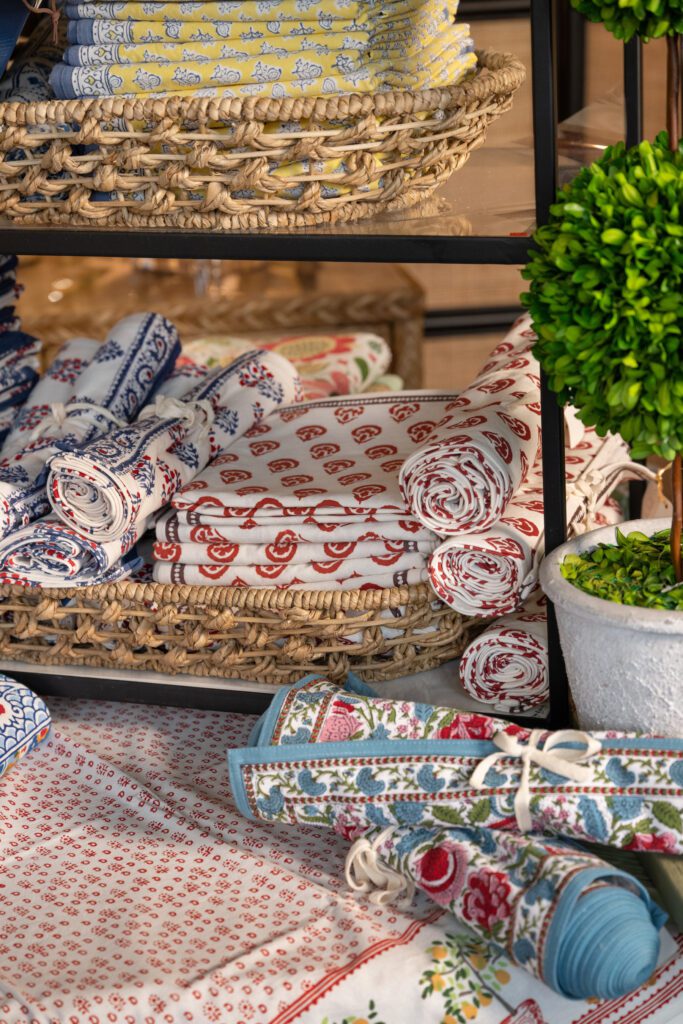
Block Printing in Modern Home Decor
Utilizing block print motifs in your home decor showcases the adaptability and versatility of this traditional craft. They blend seamlessly with contemporary design trends, offering a balance between tradition and innovation. Whether it’s through minimalistic geometrics, abstract expressions, or botanical delights, these motifs infuse homes with a personalized and artistic touch, creating an inviting and visually captivating environment.
Block prints with abstract motifs have become a favored choice for those seeking a more artistic and eclectic aesthetic in their home decor. These prints often feature bold brushstrokes, fluid lines, and overlapping shapes, evoking a sense of movement and creativity. The abstract block print motifs can range from organic and free-flowing designs to more structured and geometric abstractions. They are commonly seen on throw pillows, bedding, and tapestries, infusing the space with artistic energy and a modern aesthetic.
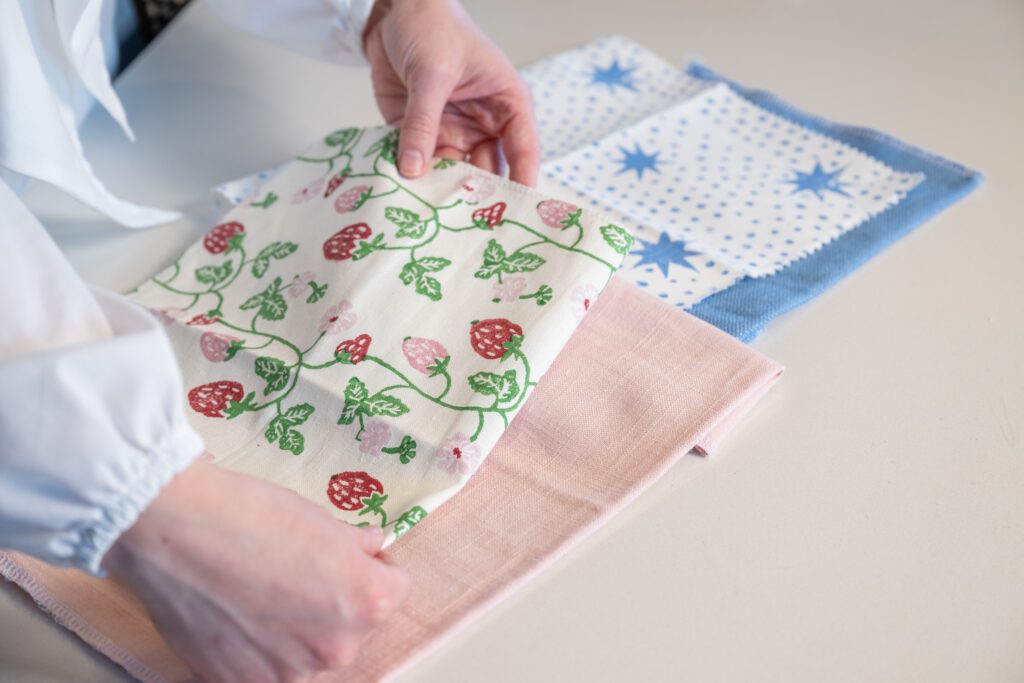
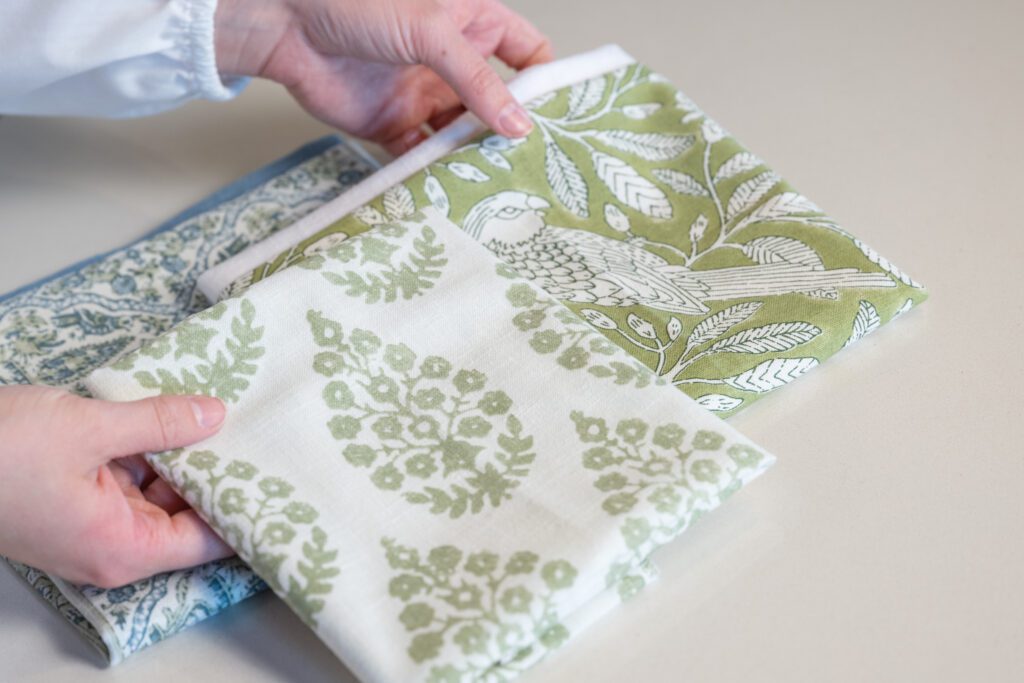
A Block Print Inspired Bedding Set
Our designer bed this month was designed by Rebecca, who selected this soft pink and yellow block print inspired fabric as the focal fabric for her look. She paired it with a sweet yellow and white ticking, blush buffalo check, and some fantastic trims, illustrating that block prints can easily be layered with a plethroa of patterns for a customized look that is all your own. When it comes to block prints at Nell Hill’s, you’ll find everything from small-scale candy-colored napkins to richly saturated bedding options inspired by the breathtaking block prints of India.
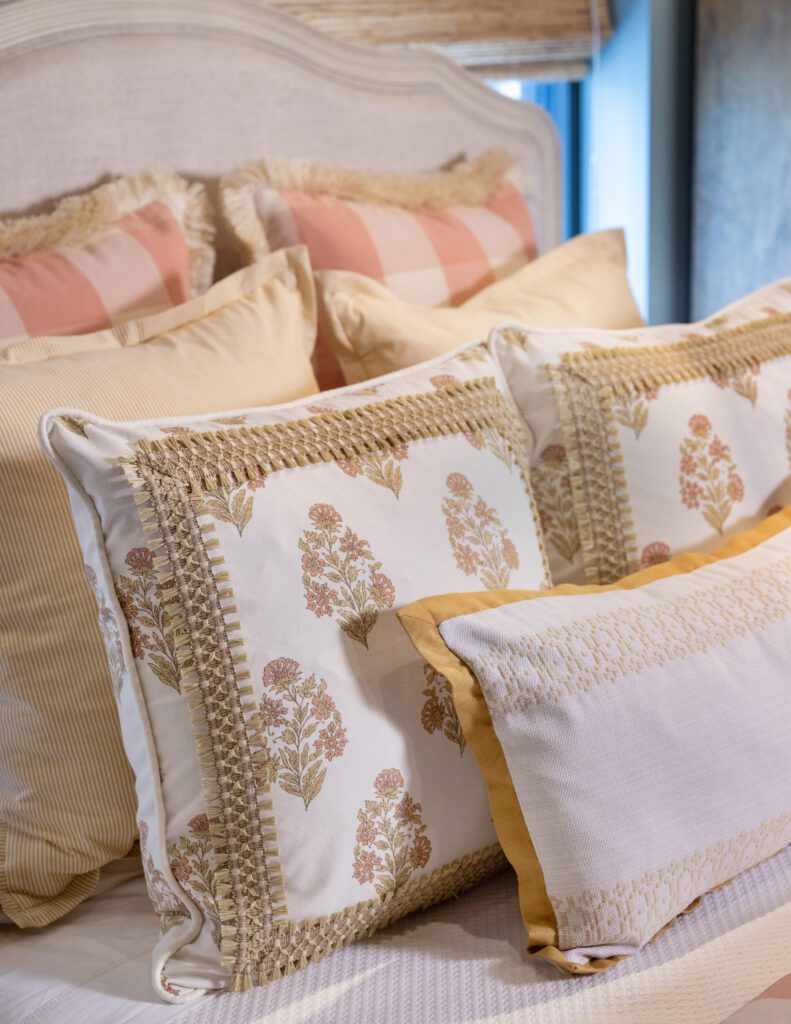
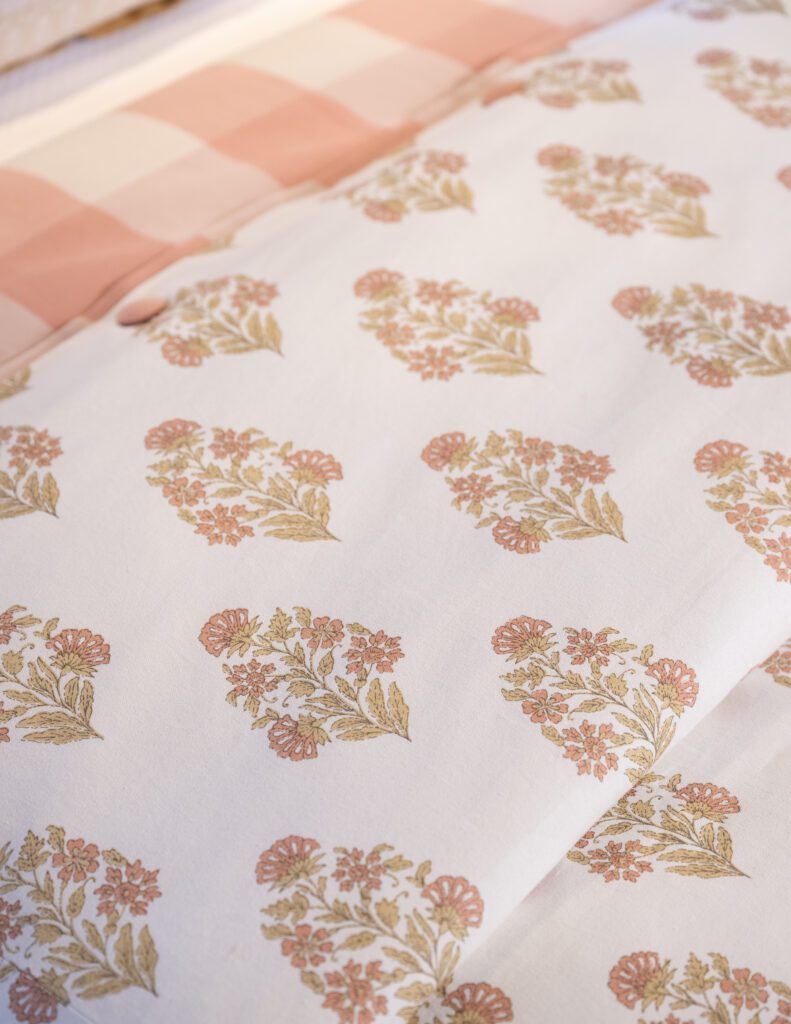
I hope you feel inspired by the vibrant colors and rich history of block printing. Until next time – happy decorating!
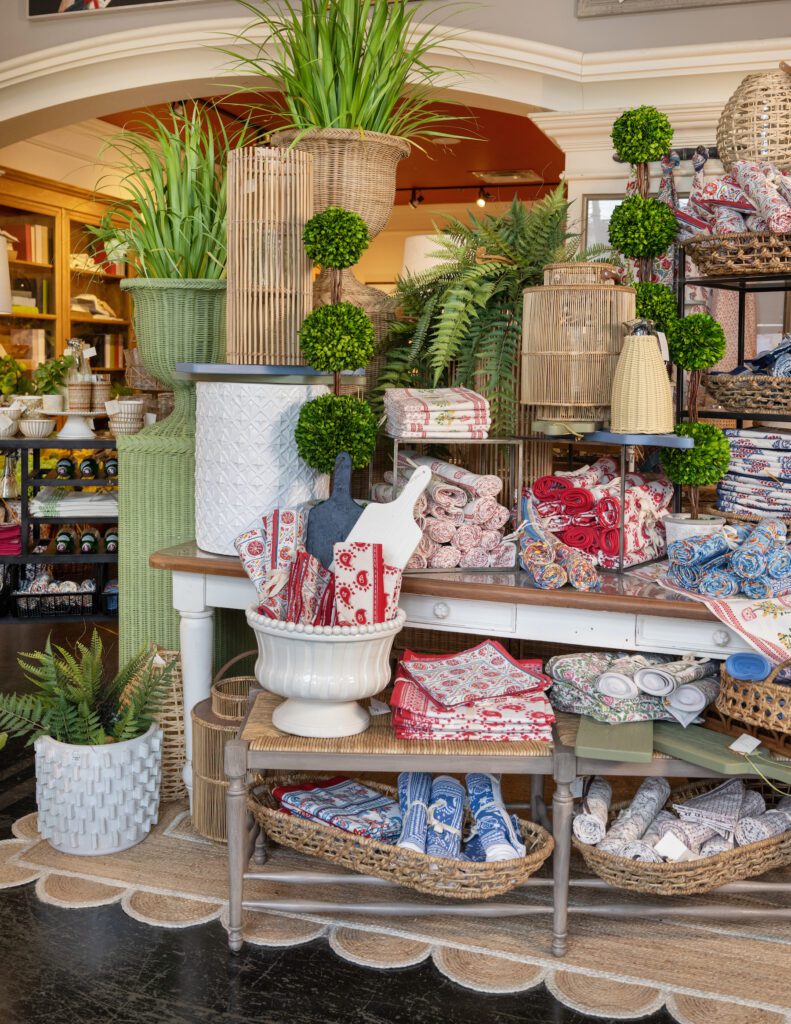
Read On:
https://www.worldartcommunity.com/blog/2021/05/the-rich-tradition-of-the-block-printing-in-india/
